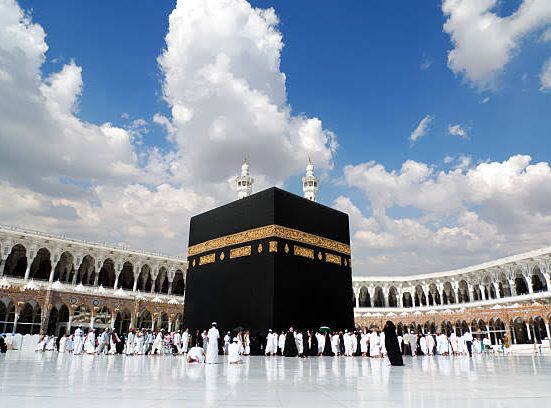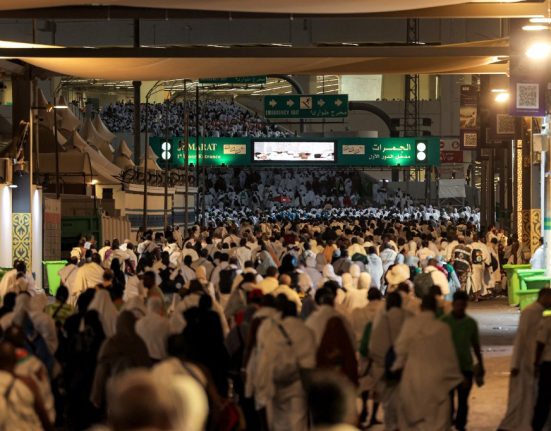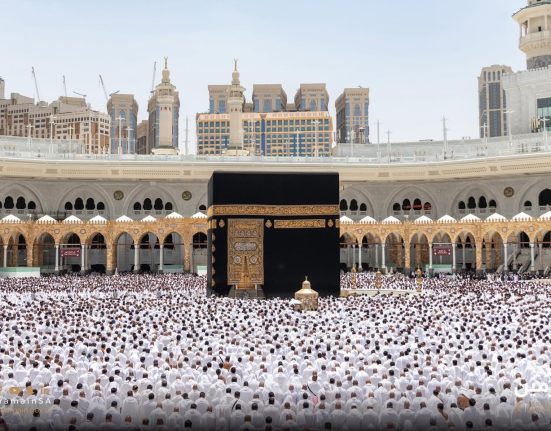With the annual Hajj pilgrimage set to begin early next month, Saudi Arabia’s health authorities have issued a crucial advisory, urging all pilgrims to carry and consistently use umbrellas as a shield against the rising heat. This directive, coming from the Saudi Ministry of Health, is part of a broader strategy aimed at mitigating the health risks associated with the scorching summer temperatures, especially in the holy city of Mecca where millions of faithful are expected to converge.
According to the Saudi health officials, the umbrella, often seen as a simple accessory, transforms into a vital protective tool during the pilgrimage. Its primary function is to provide effective shade, which significantly minimizes the pilgrim’s direct exposure to sunlight and harmful ultraviolet (UV) rays, the major culprit behind sunburn and heat-related illnesses. Health experts explain that UV protection offered by umbrellas ranges between 64% and 92%, depending on the material and design. This level of protection is seen as critical in preventing sunstrokes and other forms of heat stress that often afflict pilgrims during the peak Hajj period.
The ministry further revealed that beyond shielding from UV rays, the use of umbrellas can lower ambient temperatures by up to 8°C. In practical terms, this creates a relatively cooler environment for pilgrims moving between the sacred sites, particularly during the strenuous rites of walking, standing in long queues, and spending extended hours outdoors under the blazing desert sun.
In addition to carrying umbrellas, pilgrims are strongly encouraged to stay hydrated. The health ministry emphasizes the importance of regular water intake to combat dehydration, a common and dangerous condition during Hajj when exertion levels are high and the body loses fluids rapidly.
Interestingly, this year’s Hajj marks a significant climatic turning point. The 2025 pilgrimage will be the last to take place in the sweltering peak of the Arabian summer for at least the next 16 years. Due to the Islamic calendar being lunar-based, shorter than the Gregorian calendar by about 11 days each year, the Hajj season gradually shifts across the solar calendar. From 2026, the pilgrimage will start transitioning into cooler months, beginning with spring and eventually aligning with winter. This natural shift is expected to bring much-needed relief to future pilgrims, reducing the health hazards associated with extreme heat.
As of now, the Kingdom of Saudi Arabia continues its preparations to ensure the safety and well-being of all pilgrims. From medical teams stationed across the holy sites to awareness campaigns on preventive health measures, the authorities are leaving no stone unturned.
For pilgrims journeying from Nigeria and across the globe, the message is clear: come spiritually prepared, but also come physically equipped. An umbrella may just be the lifeline between comfort and calamity in this final summer-bound Hajj of a generation.






